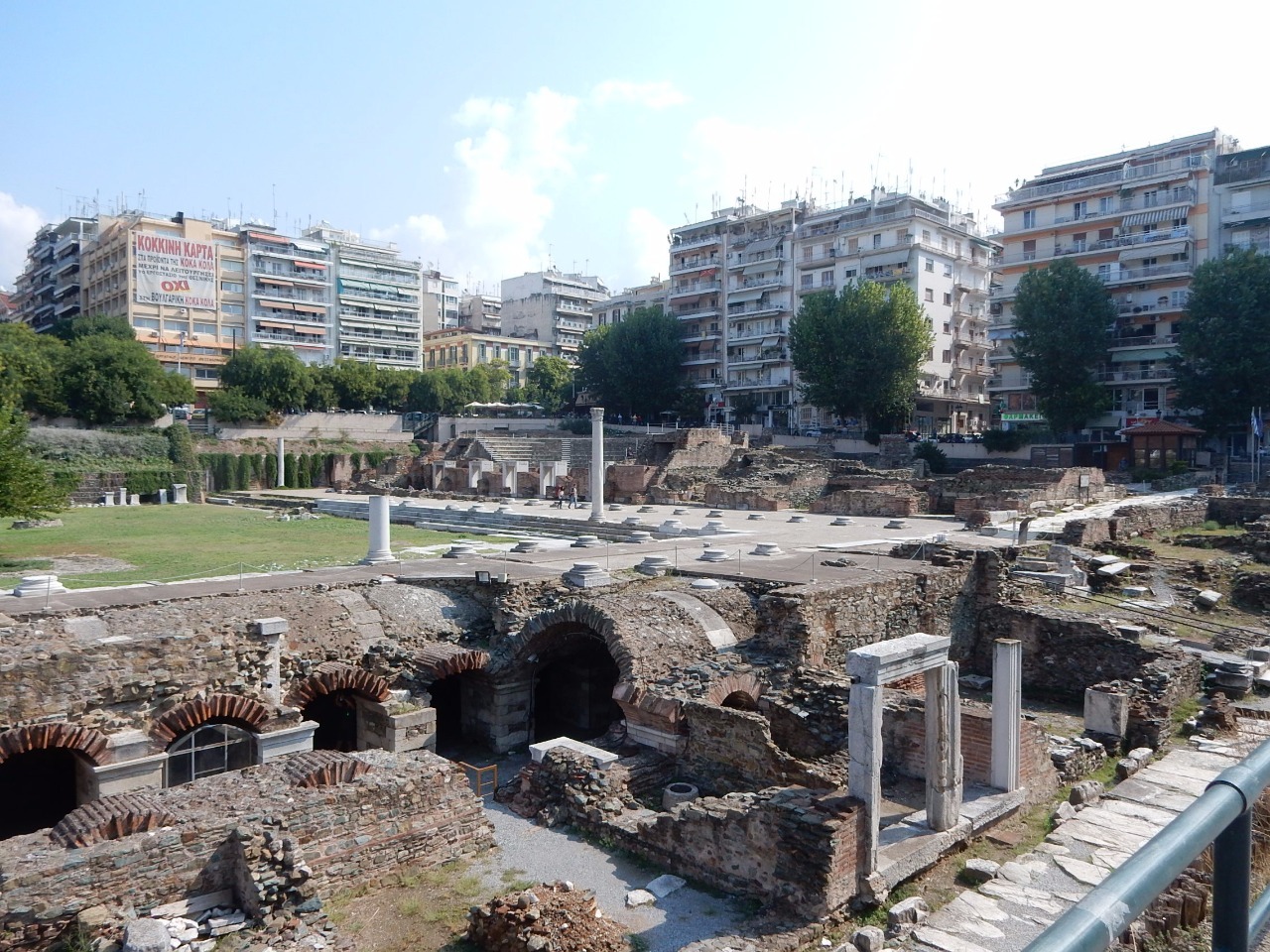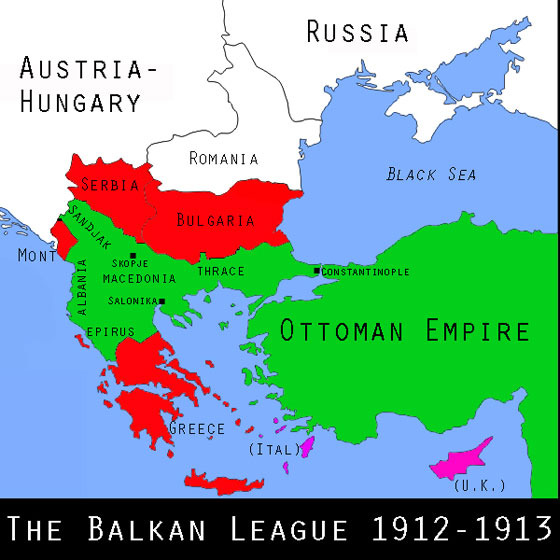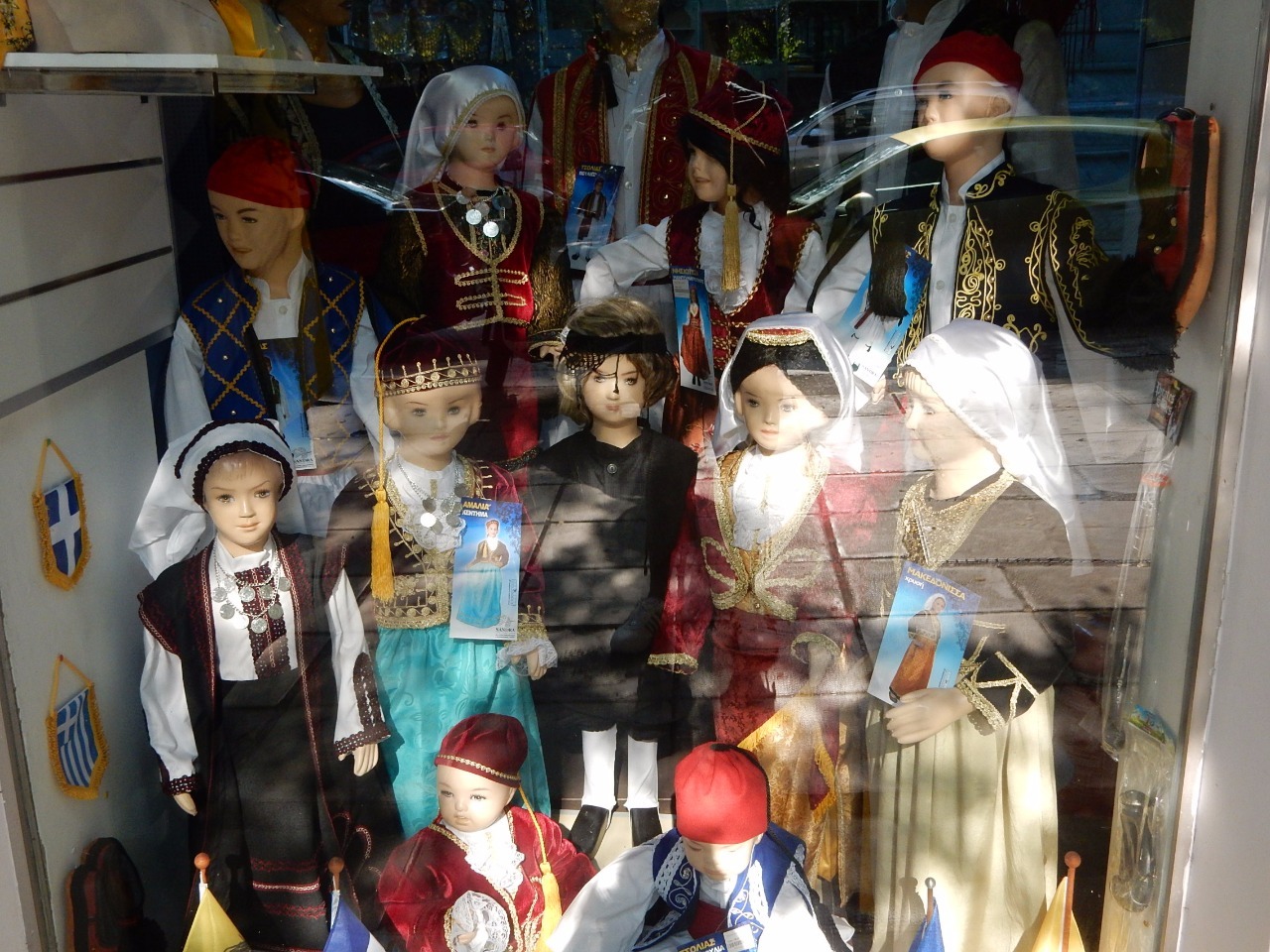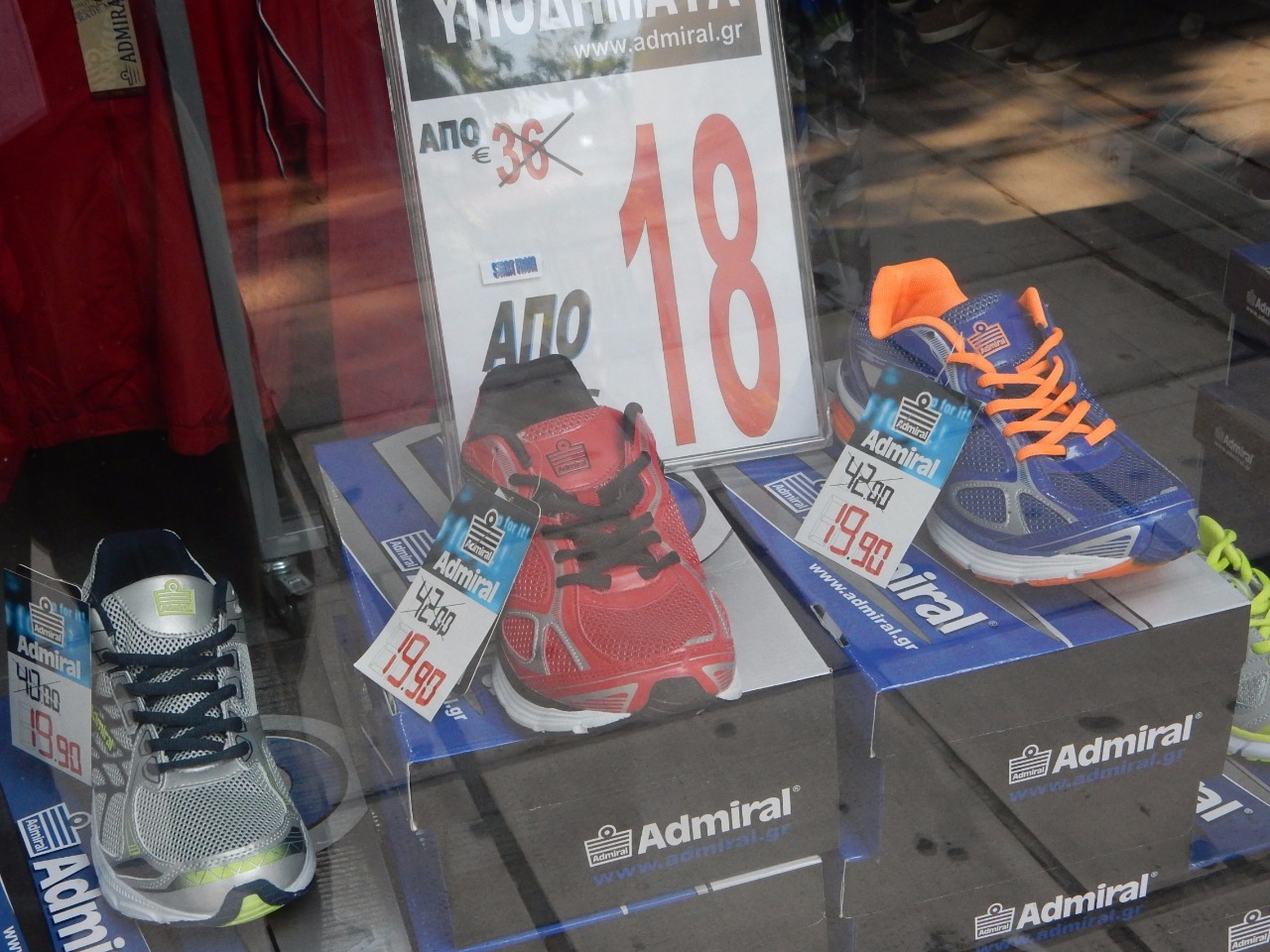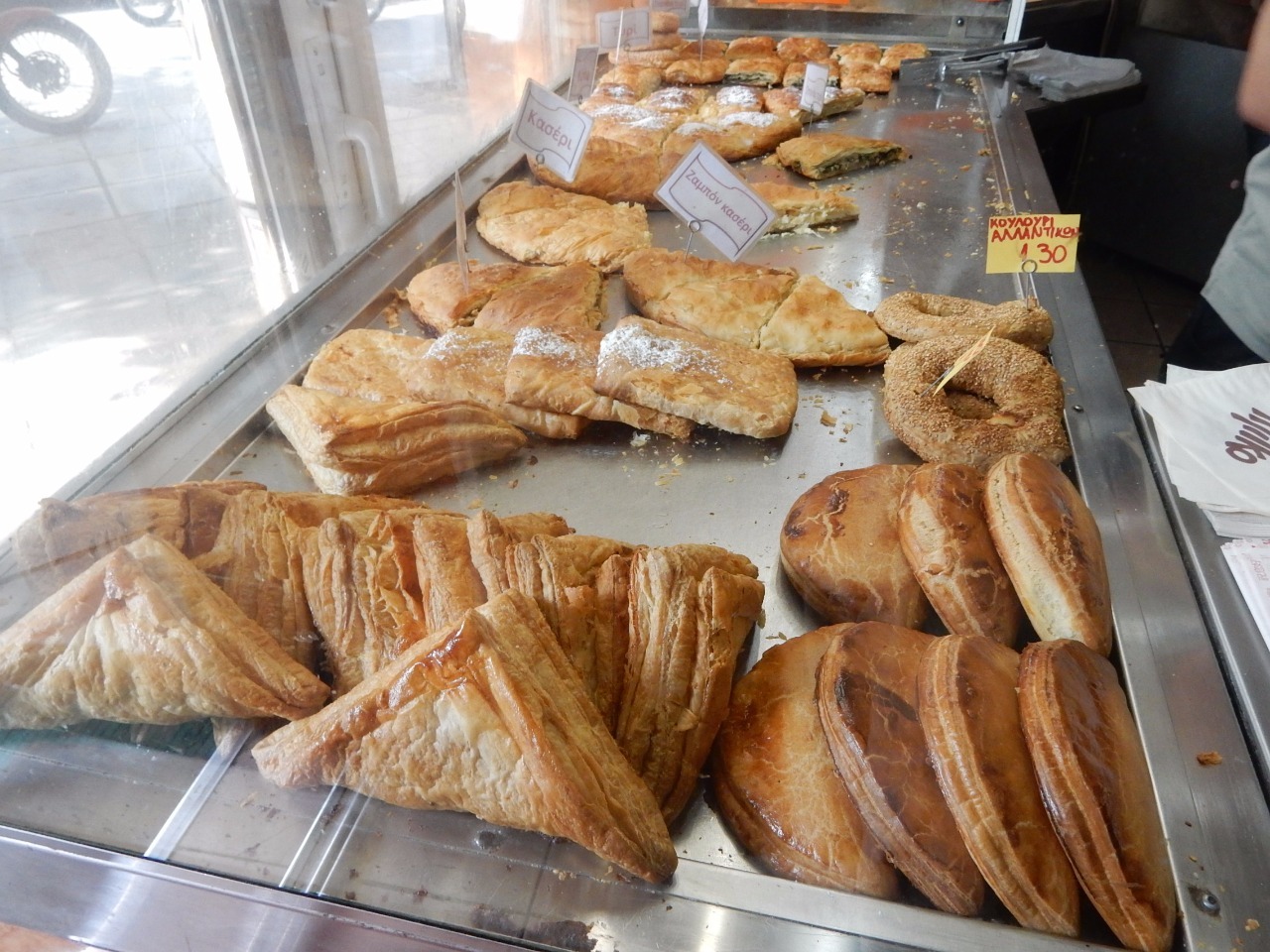Profile
Blog
Photos
Videos
Adventures of a Global Wanderer
After all the early morning bus tours in Munich today was the first day I got to sleep in having arrived in Thessaloniki Greece.
Formerly known as Salonica, the town was the hub and coastal gateway of the Ottomans in the Balkans. Athens only played a minor role, while Salonica with its Mediterranean sea access and road links to Istanbul and central Europe was the economic engine of Balkan activity.
The Ottoman era also ushered a period of close religious activity. Jews, Muslims, and Christians all co-existed within the city walls, as in many Ottoman cities, creating a thriving multi ethnic town.
A good book I have detailing the history is 'Salonica : City of Ghosts'
Salonica, located in northern Greece, was long a fascinating crossroads metropolis of different religions and ethnicities, where Egyptian merchants, Spanish Jews, Orthodox Greeks, Sufi dervishes, and Albanian brigands all rubbed shoulders. Tensions sometimes flared, but tolerance largely prevailed until the twentieth century when the Greek army marched in, Muslims were forced out, and the Nazis deported and killed the Jews. As the acclaimed historian Mark Mazower follows the city’s inhabitants through plague, invasion, famine, and the disastrous twentieth century, he resurrects a fascinating and vanished world.
http://www.amazon.ca/Salonica-City-Ghos ts-Christians-1430-1950/dp/0375727388
Using this book as a guide I was to retrace some of the religious heritage. As in many towns, it was also built upon an old Roman settlement, adding another layer of history to explore. The Turks ruled over this region for almost 600 years almost up to WWI reclaiming much of the Byzantine and Eastern Roman Empires.
First order of the day though was to buy my bus ticket into Macedonia. This had been worrying me with the refugee crisis taking the same route north. I had emailed the bus company earlier who assured me buses were running ok and the crisis hadnt affected the border.
I tried to buy my ticket online for added reassurance but they said they only take cash payments and to be 30 mins early before the bus. Instead I went a day early, walked the 20 mins in the morning heat to put my mind at rest.
Along the way I was checking prices for clothing. They had dropped substantially from Germany. I paid 89 Euros for my shoes there, here you could buy them for 20!. However, it was mostly made in china inferior quality. Not having any breakfast I also got a cheese burek for 1.50 Eu ($2.25).
I then went back to the street my hotel was on as on the corner was the Hamza Bey Mosque. This is the largest surviving Mosque as most were destroyed after Greek independence.
Sadly its in a state of neglect and now in use as a parking lot. I tried to go in to take a pic but the attendant put his arm round me and pushed me back out the lot!
Across the road was the Bezistan (covered market). It is in a better state of repair and used as a fabric market now.
A short walk down towards the sea was the Jewish museum. However today it was closed for Rosh Kipper Jewish Holiday.
Heading back north is a city park leading to the Roman Agora and Forum. There was interesting graffiti expressing welcome for refugees, though there had been none in sight thus far.
The Roman Agora and Forum are overlooked by crowded apartment buildings. The morning heat was becoming quite strong now too.
Behind was an interesting Church I went in to get out the heat for a bit.
Navigating a few streets behind was the Ishak Pasha Mosque. This was in a better state of repair than the more prominent Hamza Bey.
It is now used as an art gallery and houses various exhibitions, though none at this time. Its in a quiet neighbourhood cul-de-sac so part of the community.
Nearby was what looked like a Hammam (Turkish bath) with its domes but there was no way to go inside and see. Also curious was milk dispensing machine where you refilled bottles!.
Formerly known as Salonica, the town was the hub and coastal gateway of the Ottomans in the Balkans. Athens only played a minor role, while Salonica with its Mediterranean sea access and road links to Istanbul and central Europe was the economic engine of Balkan activity.
The Ottoman era also ushered a period of close religious activity. Jews, Muslims, and Christians all co-existed within the city walls, as in many Ottoman cities, creating a thriving multi ethnic town.
A good book I have detailing the history is 'Salonica : City of Ghosts'
Salonica, located in northern Greece, was long a fascinating crossroads metropolis of different religions and ethnicities, where Egyptian merchants, Spanish Jews, Orthodox Greeks, Sufi dervishes, and Albanian brigands all rubbed shoulders. Tensions sometimes flared, but tolerance largely prevailed until the twentieth century when the Greek army marched in, Muslims were forced out, and the Nazis deported and killed the Jews. As the acclaimed historian Mark Mazower follows the city’s inhabitants through plague, invasion, famine, and the disastrous twentieth century, he resurrects a fascinating and vanished world.
http://www.amazon.ca/Salonica-City-Ghos ts-Christians-1430-1950/dp/0375727388
Using this book as a guide I was to retrace some of the religious heritage. As in many towns, it was also built upon an old Roman settlement, adding another layer of history to explore. The Turks ruled over this region for almost 600 years almost up to WWI reclaiming much of the Byzantine and Eastern Roman Empires.
First order of the day though was to buy my bus ticket into Macedonia. This had been worrying me with the refugee crisis taking the same route north. I had emailed the bus company earlier who assured me buses were running ok and the crisis hadnt affected the border.
I tried to buy my ticket online for added reassurance but they said they only take cash payments and to be 30 mins early before the bus. Instead I went a day early, walked the 20 mins in the morning heat to put my mind at rest.
Along the way I was checking prices for clothing. They had dropped substantially from Germany. I paid 89 Euros for my shoes there, here you could buy them for 20!. However, it was mostly made in china inferior quality. Not having any breakfast I also got a cheese burek for 1.50 Eu ($2.25).
I then went back to the street my hotel was on as on the corner was the Hamza Bey Mosque. This is the largest surviving Mosque as most were destroyed after Greek independence.
Sadly its in a state of neglect and now in use as a parking lot. I tried to go in to take a pic but the attendant put his arm round me and pushed me back out the lot!
Across the road was the Bezistan (covered market). It is in a better state of repair and used as a fabric market now.
A short walk down towards the sea was the Jewish museum. However today it was closed for Rosh Kipper Jewish Holiday.
Heading back north is a city park leading to the Roman Agora and Forum. There was interesting graffiti expressing welcome for refugees, though there had been none in sight thus far.
The Roman Agora and Forum are overlooked by crowded apartment buildings. The morning heat was becoming quite strong now too.
Behind was an interesting Church I went in to get out the heat for a bit.
Navigating a few streets behind was the Ishak Pasha Mosque. This was in a better state of repair than the more prominent Hamza Bey.
It is now used as an art gallery and houses various exhibitions, though none at this time. Its in a quiet neighbourhood cul-de-sac so part of the community.
Nearby was what looked like a Hammam (Turkish bath) with its domes but there was no way to go inside and see. Also curious was milk dispensing machine where you refilled bottles!.
- comments





